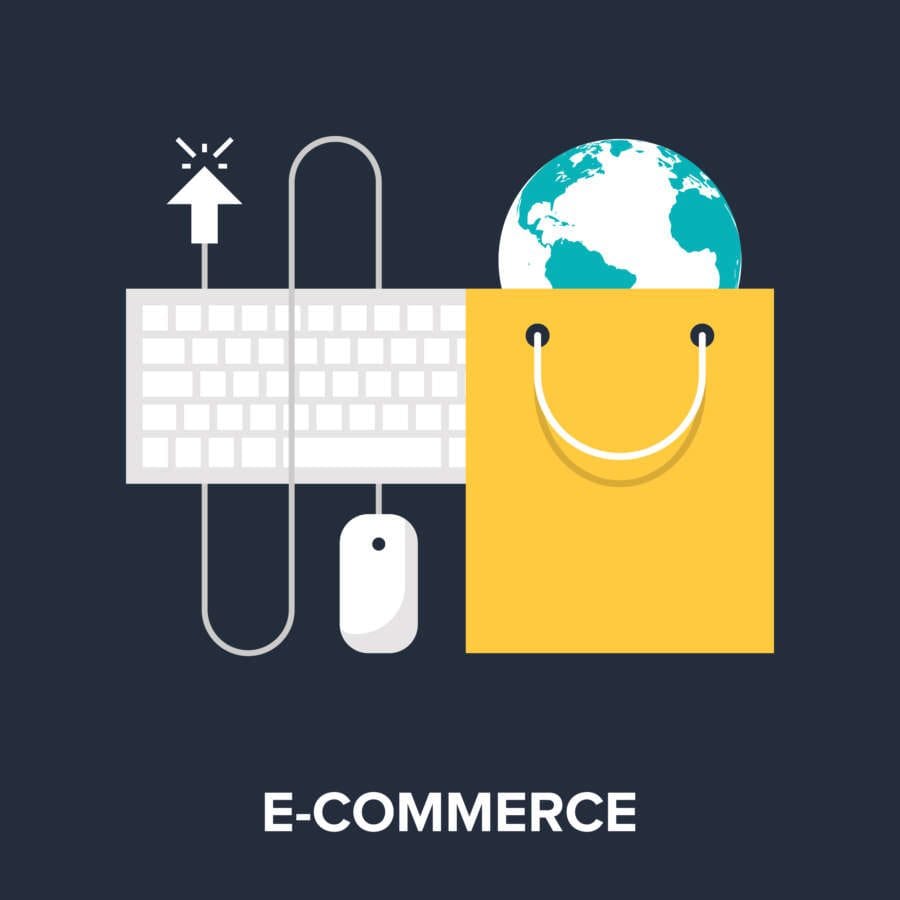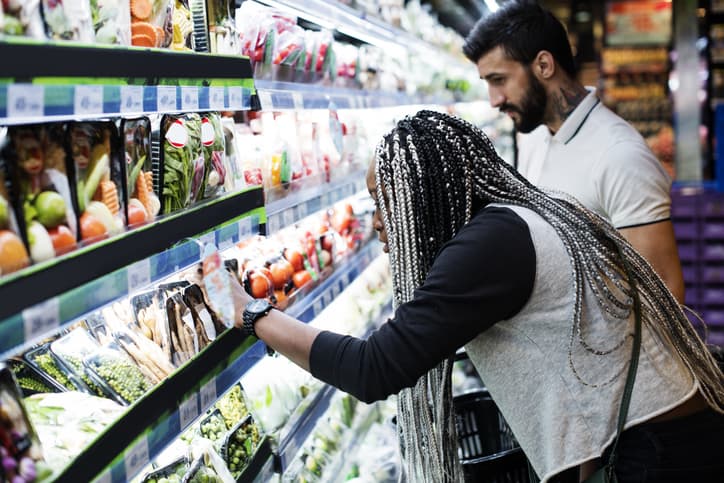
By Monte Maritz, Partner, Oliver Wight, EAME
How important is packaging for brands in 2021 compared to early 2020?
The pandemic has accelerated the speed at which we are seeing a change in consumer behaviour and consumer expectations and view of packaging is changing. More and more consumers are challenging over-packing or the use of single-use containers, and are willing to change their behaviour in support of this. At the same time, the advent of online shopping has in many ways impacted the role of packaging as a marketing and shelf-attractor.
Packing is a critical consideration for future brand, marketing and supply chain planning and there are both opportunities and risks to consider. The primary purpose of packaging remains to hold the product and protect it from contamination and breakage, and while the appearance of packing evolves, this core purpose will remain a critical consideration.
Packaging is also a key value-adder. For many brand-owners, packaging conveys or supports the brand “message” , provides visual on-shelf marketing and offers end-use convenience. We have also seen the continuation of the development of packaging as part of the “experience” for higher end goods (think of Apple, others)
Given the large role packing has always played in many consumer focused businesses, it is more important than ever that the future impact is considered, not just in terms of cost, but also in terms of strategic brand and product positioning. Especially as we know from experience that marketing and commercial inertia is often a big inhibitor to creative packaging innovation, and businesses who simply assume the status quo will continue, are at risk if being left behind.
So what do businesses need to do:
Having greater visibility across the entire supply chain will help accelerate transformation of the industry. Businesses need to look at their packaging as a way to be more sustainable but also to reduce costs (ref. Amazon and over packaging). Businesses are already taxed on plastic packaging and we believe we may see that extend into cardboard packing and even delivery modes.
There are a number of barriers to overcome for any organisation looking to make this shift, including the implications it could have for brand awareness if packaging is removed and potential health and safety restrictions for some products. There is also the issue of cost. A product-as-a-service business model is less cost efficient in the short-term, and this means financial teams within businesses that are not looking at the longer-term planning horizon may fail to see the bigger picture
In one example, a drinks retailer OW works with is progressively switching from logistically efficient polyethylene terephthalate (PET) containers to 100% recyclable glass, despite higher reverse logistics costs. This was after market research revealed that consumers were more likely to purchase more environmentally friendly glass bottles over plastic. OW also works with a glass bottle manufacturer that is seeing growth due to this trend. They have been pushing this agenda for years saying that ‘Glass is for life.’ It is 100% sustainable, in fact the biggest raw material that goes into a glass furnace is recycled broken glass. It is even more sustainable is it is returned and reused in a closed loop system
Many businesses are failing to look at the (bigger) picture beyond short-term solutions. Simply changing the materials used in product packaging does not render the problem solved. Organisations should be looking more closely at their people and processes alongside the overall business plan, to see where they can make more fundamental improvements. This might include ways to offer their product differently, such as moving towards a ‘product as a service’ model. We’ve already seen this to some extent creeping into the consumer goods industry, with supermarkets offering a variety of foods in loose form for customers to purchase as much as they need and use their own containers. Not only does this reduce food waste but cuts down on packaging. In another test with some UK retailers, eliminating ‘buy-one-get-one-free’ promotions cut fresh food waste by 20% as consumers were no longer invited to buy volume they did not really need.
To what extent do brands that fail to embrace sustainable packaging risk being left out at the check-out?
There is a huge challenge in terms of corporate risk-taking and sales behaviour, vs the boldness of adopting new approaches at the check-out.
The challenge is that while strategically brand owners will think about sustainability, they will often look at their immediate sales priorities and targets, and focus on delivering known products with known routes to markets to deliver results. So changing strategy is not about doing the right thing, but about taking a known risk in terms of short term performance, which is often too hard a burden for incentivised executives to bear.
Consumers often make up their minds about packaging as non-sustainable, but change their consumption behaviour much slower, or due to external circumstances. For example, changing work patterns during the pandemic has done more to address the use of bottled water in the UK then any environmental concerns
History has shown us that established brands are often not first-movers when innovating their channel or packaging, and it has also shown us that for this very reason, it will be consumers that drive the change. But we also know that once a change is imminent or inevitable, the corporate response is effective and quick. And it is packaging businesses that are often caught out with old technology or the wrong capacity.
– How are ecommerce companies thinking about sustainability while ensuring the packaging does the job it needs to?
The challenge here is that it is the same e-commerce companies, such as Amazon, that are taking share from traditional markets that are now being challenged for their own over-use of packaging (think about how many boxes are now being used vs when you go to a store). Forward thinking e-commerce businesses have realised that the key here is not just in packing, but in way products are consumed. Dispensing on demand, and innovating the delivery point are ways they are beginning to address this. But ultimately, it will be the cost of packaging that will drive the real change, and this will be key to their future innovation in this space
– How are businesses getting smarter at eco-friendly packaging, and what are the key considerations?
There is the traditional approach which is to visibly move from perceived environment-unfriendly to environment-friendly packaging, which we see marketed in many different ways. Changes to recyclable or degradable options are developed and aggressively marketed, and some packaging innovators are actively pushing their ability to support this. However penetration remains limited.
One of the ways we have seen eco-friendly distribution, especially in Covid, is small-business aggregation, or box-delivery. In other words smaller producers deliver a combined offer (eg. groceries) in a single box to a consumer, with limited packaging. While limited, this is an example of consumer behaviour driving the change. Because we have changed how we buy (delivery vs shopping, local produce vs big brands), we are more open to this more traditional delivery. So it is the route to market that enables the packaging reduction.
– What advice would you give with regard to balancing cost, safety, accessibility and sustainability?
Packaging conversations has for too long been about a one-dimensional approach to find benefit. Cost, safety, accessibility and sustainability are all good drivers for change, but are done in isolation, with the approach that if you can improve one, without impacting any other’s then you are doing a good job.
The challenge is to change the dialogue from a “balancing” conversation to a disruptive one. As long as businesses see packaging as a zero sum game to protect margin, they will struggle to be bold enough to challenge traditional norms. So my advice would be to adopt a strategic approach that is product and consumer focused, and then innovate packing to support this.
– Who is innovating well in this space? What could others learn from those that have done this well?
Some of the best innovation is in the informal or small business sector, where new entrants who cannot afford the infrastructure or cost burden of traditional retail are looking for more direct routes to their customers.


